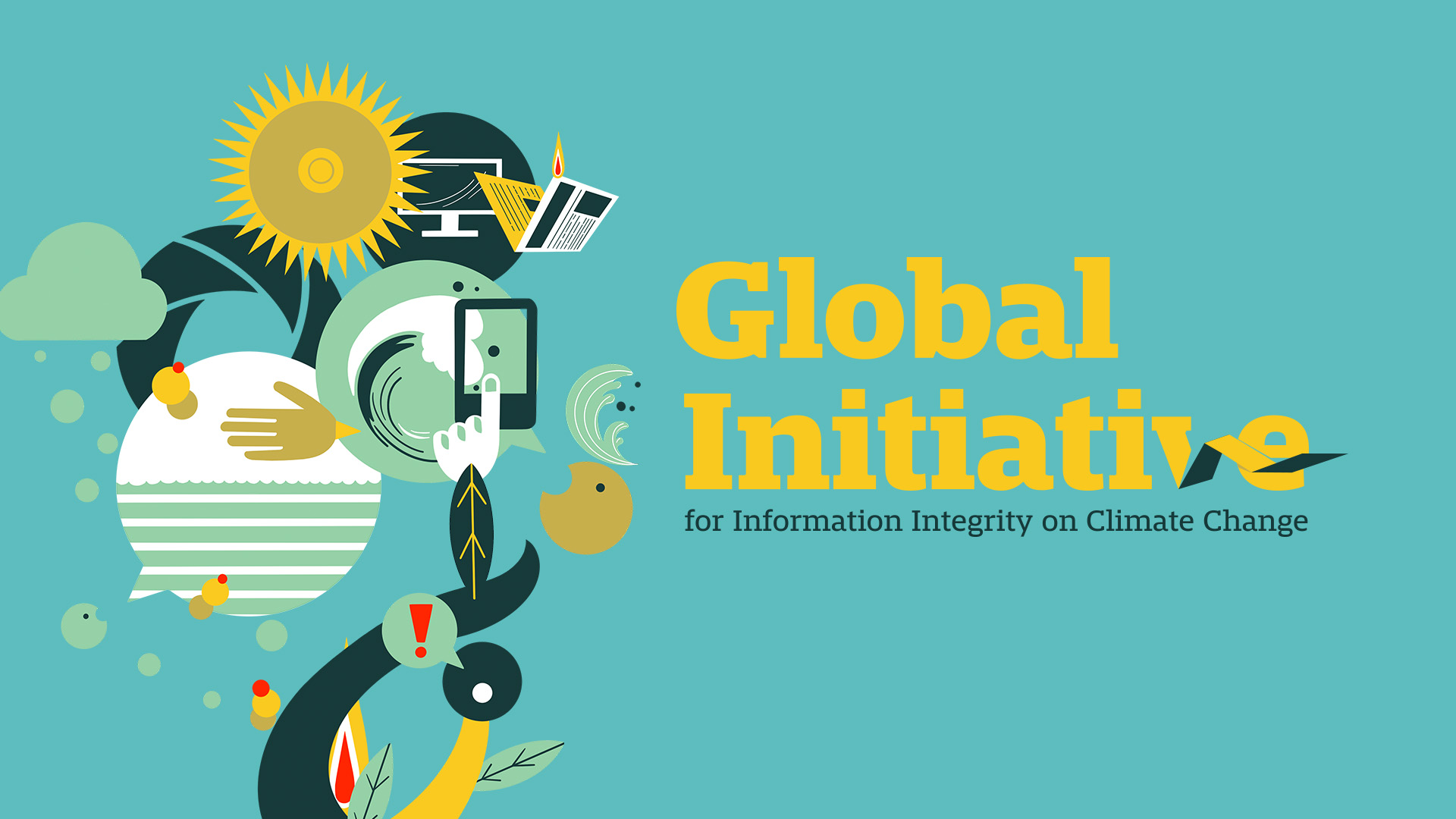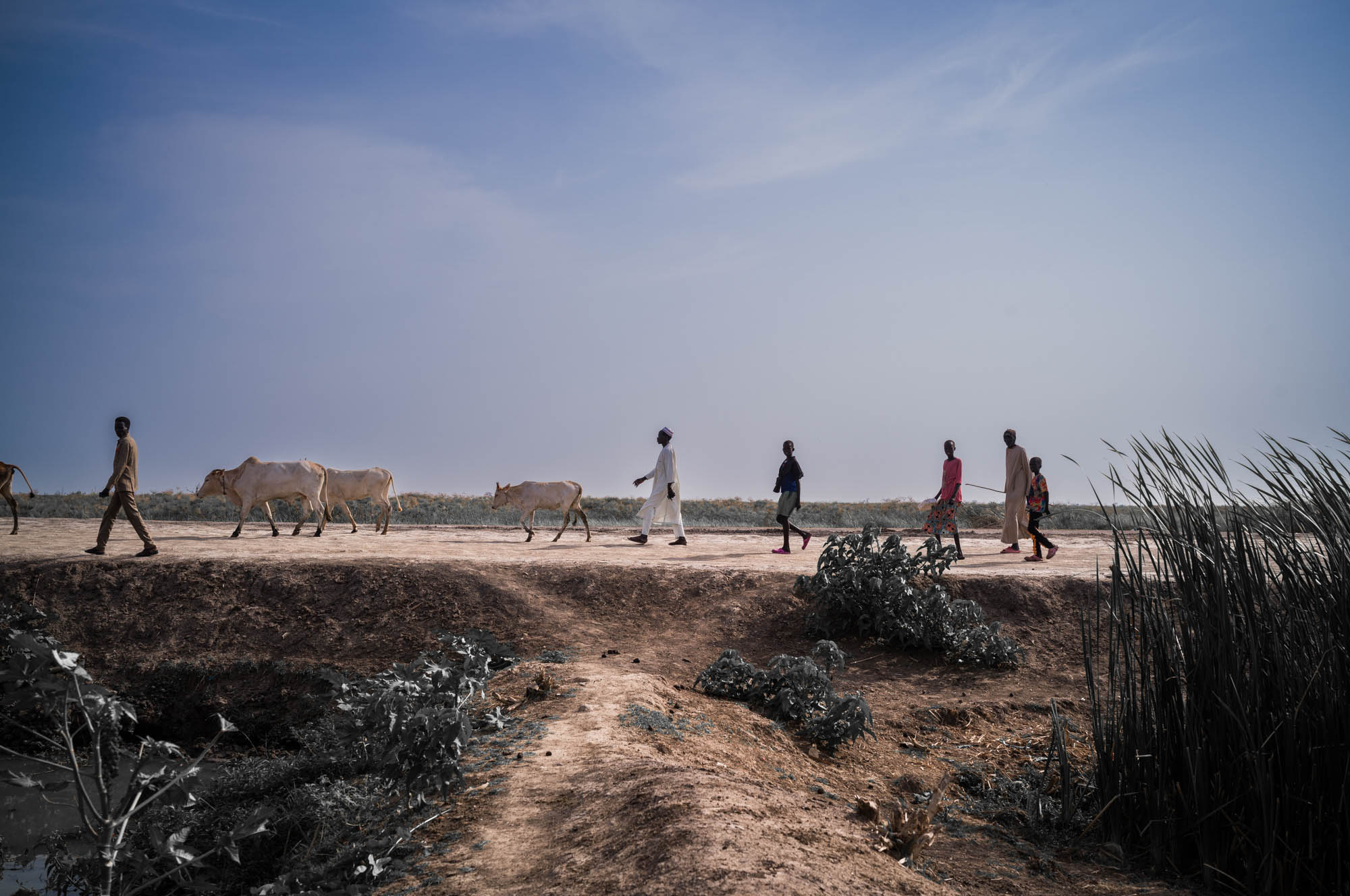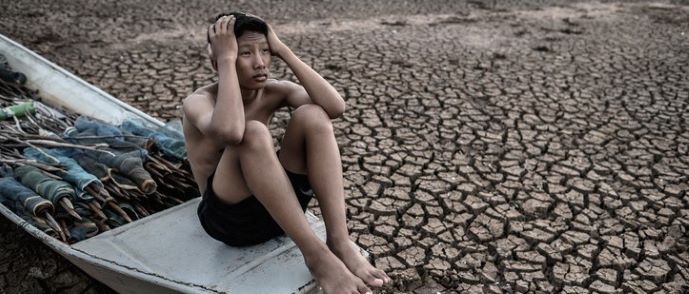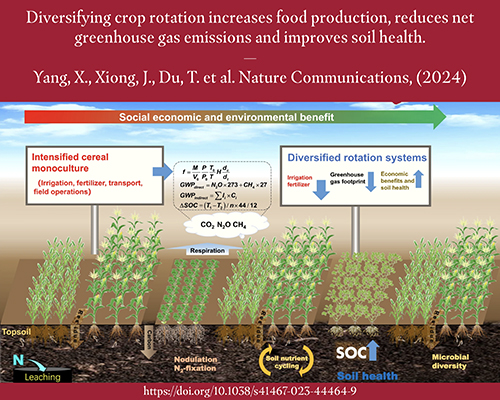Executive Summary: Climate Risk and its Impact on the U.S. Housing Market
A recent analysis by Realtor.com indicates that climate-driven hazards are significantly reshaping the United States housing market, posing a direct challenge to the achievement of several Sustainable Development Goals (SDGs), particularly SDG 11 (Sustainable Cities and Communities) and SDG 13 (Climate Action). The report establishes that these environmental threats are not hypothetical but constitute a “clear and present danger” to national economic stability and community resilience.
Key Findings
- Over 25% of homes in the United States, with a collective value of approximately $12.7 trillion, are exposed to severe or extreme risk from climate-related threats such as flooding, hurricanes, and wildfires.
- These escalating risks are causing a nationwide increase in insurance premiums and complicating homebuying decisions, thereby affecting housing affordability and security, which are central tenets of SDG 11.
- A significant information gap exists, with many homeowners unaware of their property’s true vulnerability, undermining the capacity for climate adaptation required by SDG 13.
Analysis of Climate-Related Hazards and Vulnerabilities
The Underestimation of Flood Risk and its Link to SDG 11
The report highlights a critical vulnerability in current risk assessment methodologies, particularly concerning flood risk. Data from the First Street Foundation reveals that official FEMA flood maps often fail to reflect contemporary climate realities. This discrepancy places communities at risk and impedes progress towards SDG 11.5, which aims to significantly reduce economic losses from water-related disasters.
- In the Raleigh metro area, a substantial number of homes face flood risks not identified on official FEMA maps.
- Nationwide, nearly 6 million homes with severe or extreme flood risk over the next 30 years are not located in FEMA’s designated Special Flood Hazard Areas.
- This “blind spot” for buyers prevents informed decision-making and hinders the development of resilient communities.
Urban Development and Infrastructure Resilience
The Compounding Effect of Rapid Urbanization
Rapid urban development, especially in regions like North Carolina’s Triangle, exacerbates climate-related challenges. The conversion of permeable surfaces like grass into impermeable pavement increases stormwater runoff, overwhelming existing drainage systems. This situation underscores the urgent need for resilient infrastructure and sustainable urban planning, as outlined in SDG 9 (Industry, Innovation, and Infrastructure) and SDG 11.
A Call for Innovative and Sustainable Development Practices
The report notes a generational shift, with emerging planners and developers demonstrating a greater understanding of climate change. There is a growing emphasis on creative building design, sustainable materials, and advanced stormwater solutions. However, a significant challenge remains in integrating these innovative, climate-adaptive strategies with traditional development models focused primarily on short-term financial returns. Bridging this gap is essential for building the sustainable and resilient cities envisioned in the SDGs.
Economic Implications and Alignment with Sustainable Development Goals
Rising Insurance Costs and Housing Affordability
The increasing frequency of extreme weather events is creating instability in the insurance market, directly impacting housing affordability and economic security. This trend threatens progress on SDG 1 (No Poverty) by placing financial strain on households.
- Homeowners nationwide face higher premiums and policy non-renewals, even in areas previously considered low-risk.
- In hurricane-prone regions, insurance deductibles are climbing, with some policies requiring homeowners to pay 5% of their dwelling coverage out-of-pocket before coverage applies. For a $400,000 home, this could mean a $20,000 cost.
- These rising costs can create barriers to homeownership and jeopardize the financial stability of existing homeowners, undermining the goal of safe and affordable housing for all under SDG 11.
Recommendations and Strategic Actions for Stakeholders
Proactive Measures for Homebuyers
To mitigate risk and foster personal resilience, homebuyers are advised to adopt a more comprehensive due diligence process. These actions empower individuals to make informed decisions that align with the broader goals of community resilience under SDG 11 and SDG 13.
- Inspect crawl spaces and foundations for any signs of moisture or prior flooding.
- Review multiple sources of risk data beyond official FEMA maps, including independent tools like First Street’s Flood Factor and Realtor.com’s environmental risk data.
- Engage with neighbors to understand local drainage and runoff patterns.
- Consult an insurance agent early in the process to understand potential costs and coverage gaps.
The Imperative for Enhanced Information and Policy
The report concludes that climate change is already a significant factor influencing housing affordability, insurance availability, and property values. To prepare for future challenges and advance the Sustainable Development Goals, a concerted effort is needed to provide homebuyers and communities with more accurate information and better tools for climate adaptation. This reinforces the call for urgent climate action and integrated policy-making central to SDG 13.
Analysis of Sustainable Development Goals (SDGs) in the Article
1. Which SDGs are addressed or connected to the issues highlighted in the article?
The article highlights issues directly connected to several Sustainable Development Goals, primarily focusing on the intersection of climate change, urban development, and economic stability. The main SDGs addressed are:
- SDG 11: Sustainable Cities and Communities: This is the most prominent SDG, as the article centers on the housing market, urban growth, infrastructure (stormwater systems), and the resilience of communities to climate-related disasters.
- SDG 13: Climate Action: The entire premise of the article is based on the impacts of climate change. It explicitly states that “Climate-driven hazards are reshaping the housing market” and discusses the need for adaptation and resilience to these hazards.
- SDG 1: No Poverty: The article touches upon economic vulnerability and affordability. Rising insurance costs, high deductibles, and the risk of catastrophic financial loss from property damage threaten the financial security of homeowners, which relates to building resilience for those in vulnerable situations.
2. What specific targets under those SDGs can be identified based on the article’s content?
Based on the article’s discussion of climate risks, housing, and economic impacts, the following specific SDG targets can be identified:
SDG 11: Sustainable Cities and Communities
- Target 11.5: “By 2030, significantly reduce the number of deaths and the number of people affected and substantially decrease the direct economic losses relative to global gross domestic product caused by disasters, including water-related disasters, with a focus on protecting the poor and people in vulnerable situations.”
Explanation: The article directly addresses this target by quantifying the potential economic losses, stating that “$12.7 trillion in real estate value” is exposed to climate-related threats. It focuses on the impact of water-related disasters like flooding and hurricanes on homeowners, who are the “people affected.” - Target 11.b: “By 2020, substantially increase the number of cities and human settlements adopting and implementing integrated policies and plans towards inclusion, resource efficiency, mitigation and adaptation to climate change, resilience to disasters…”
Explanation: The article implies a need for this target by highlighting the shortcomings of current planning tools like FEMA maps, which “do not always reflect today’s reality.” It also points to progress by noting that the “next generation of planners and developers is approaching climate risk differently” with “creative with building design, materials and stormwater solutions,” which are forms of adaptation and resilience planning.
SDG 13: Climate Action
- Target 13.1: “Strengthen resilience and adaptive capacity to climate-related hazards and natural disasters in all countries.”
Explanation: The core theme of the article is the lack of resilience in the housing market to climate hazards. It discusses how rapid development has increased stormwater challenges and how homeowners are underestimating their risk. The advice for homebuyers to “inspect crawl spaces,” “review multiple sources of risk data,” and “talk to neighbors” is a call for increasing individual adaptive capacity.
SDG 1: No Poverty
- Target 1.5: “By 2030, build the resilience of the poor and those in vulnerable situations and reduce their exposure and vulnerability to climate-related extreme events and other economic, social and environmental shocks and disasters.”
Explanation: The article connects climate risk to financial vulnerability. It details how rising insurance premiums, policy non-renewals, and high deductibles (e.g., a “$20,000 out-of-pocket cost”) create significant economic shocks for homeowners. This reduces their financial resilience and increases their vulnerability to disasters, especially for those who cannot afford high costs or comprehensive coverage.
3. Are there any indicators mentioned or implied in the article that can be used to measure progress towards the identified targets?
The article provides several quantitative and qualitative data points that can serve as indicators for measuring progress towards the identified targets.
Indicators for SDG 11 & SDG 13
- Direct Economic Loss from Disasters: The article provides a clear metric of potential economic loss: “$12.7 trillion in real estate value” exposed to severe or extreme climate risk. This can be used as a baseline indicator for Target 11.5.
- Number of Properties at Unidentified Risk: The report found that “nearly 6 million homes face severe or extreme flood risk… but are not listed in FEMA’s Special Flood Hazard Areas.” This number serves as a direct indicator of the gap in official disaster risk management and the population’s hidden vulnerability, relevant to Targets 11.5, 11.b, and 13.1.
- Adoption of Resilient Building and Planning Practices: While not quantified, the article implies an indicator by mentioning that the “next generation of planners and developers” is using “creative with building design, materials and stormwater solutions.” Tracking the adoption of such practices would measure progress towards Target 11.b.
Indicators for SDG 1
- Cost of Insurance and Deductibles: The article highlights that insurance deductibles are “climbing nationwide” and gives a specific example: “homeowners to pay 5% of their dwelling coverage,” which could mean a “$20,000 out-of-pocket cost.” Tracking the average cost of insurance premiums and the size of deductibles in high-risk areas serves as an indicator of the economic burden on households and their financial resilience (Target 1.5).
- Rate of Insurance Policy Non-Renewals: The article mentions that “some residents are struggling to find affordable coverage, and others have been given non-renewal notices by their insurers.” The rate of these non-renewals is a direct indicator of decreasing access to financial protection against disasters, which increases vulnerability (Target 1.5).
4. Table of SDGs, Targets, and Indicators
| SDGs | Targets | Indicators Identified in the Article |
|---|---|---|
| SDG 11: Sustainable Cities and Communities | 11.5: Reduce economic losses and the number of people affected by disasters.
11.b: Implement integrated policies and plans for climate change adaptation and disaster resilience. |
|
| SDG 13: Climate Action | 13.1: Strengthen resilience and adaptive capacity to climate-related hazards. |
|
| SDG 1: No Poverty | 1.5: Build the resilience of the poor and vulnerable to climate-related extreme events and economic shocks. |
|
Source: wral.com







